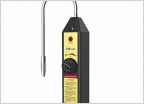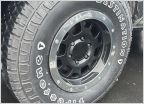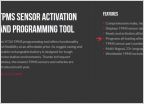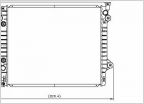-
Welcome to Tacoma World!
You are currently viewing as a guest! To get full-access, you need to register for a FREE account.
As a registered member, you’ll be able to:- Participate in all Tacoma discussion topics
- Communicate privately with other Tacoma owners from around the world
- Post your own photos in our Members Gallery
- Access all special features of the site
Solar Build: Check my design please :)
Discussion in '2nd Gen. Tacomas (2005-2015)' started by Morrdogg, Apr 9, 2024.


 AC Evaporator (Probably) Leak, Best Don't Fix Options
AC Evaporator (Probably) Leak, Best Don't Fix Options TRD beadlock wheels center cap sizing
TRD beadlock wheels center cap sizing Fluid Film
Fluid Film Unable to scan TPMS Sensors
Unable to scan TPMS Sensors Aftermarket Denso replacement radiator question
Aftermarket Denso replacement radiator question
